While many parents might believe that it’s unsafe to allow a 5-year-old to ride their bike to kindergarten, parents and school administrators in the city of Odense, Denmark believe that, actually, it’s the other way around. As the Washington Post reports, one elementary school in the small Danish city goes as far to disallow parents from driving to school, saying the presence of cars is unsafe for the hundreds of students who arrive each morning by bike, on foot, or on skateboards.
Principal Lars Christian Eriksen starts off every new year by telling the parents of kindergarteners that their little ones should bike to school. “Biking has some effect on the child’s character,” Eriksen told the Post. “They get a good result in school because they are biking to school. It’s good for the student’s brain.”
His school is not at all unusual in Odense, a city with a population of around 200,000 people where four out of five students bike, walk, or roll to school. Some ride in with their parents, while others simply ride with siblings or friends.
Growing up in North America, it’s difficult to imagine a community that sends their children out unaccompanied on bicycles. While biking or walking to school was commonplace in the 60s, the rates of children doing so plummeted through the past few decades. While nearly half of American children and adolescents biked or walked to school in 1969, that figure had dropped to a paltry 13% by 2009. Meanwhile, rates of childhood obesity have soared over the past 40 years. Approximately 25 million children and adolescents in the US – more than 33% – are now overweight or obese or at risk of becoming so.
An aspect of that trend could be attributed to changing parenting norms and the waning independence of North American children and youth, but I suspect much more of it is attributed to infrastructure and the culture of road safety. In Odense, there are 339 miles (545 km) of protected bike lanes across only 621 miles (1,000 km) of streets in total. Add that to a strong national bike culture that views it as the responsibility of drivers to keep cyclists safe, and you get the ability to send your children out on their own with the relative certainty that they’ll be able to ride safely to school.
Eriksen told the Post that over his 11 years at the school, he could only remember two or three instances in which students were struck by a car, and in each case injuries were minor.
Comparatively, the overwhelming majority of North American children reside in communities with insufficient or a complete lack of safe cycling infrastructure. In 1980, the percent of traffic fatality victims who were children under the age of 16 was a staggering 54.8%, which has thankfully since dropped to 8.2% in 2013. But 8.2% is still far too high a figure for most parents to feel comfortable, so rates of children biking and walking to school is only increasing at a snail’s pace.
A lack of physical activity among children has been linked to everything from childhood obesity, to difficulty focusing, to anxiety disorders and depression. Integrating physical activity into their morning and afternoon commute would not only be beneficial from a physical health standpoint, but from a social one as well.
While we can carry on all we like about the changing nature of North American parenting and the prevalence of “helicopter parents,” the reality is that most parents simply aren’t able to let their kids walk or bike to school unaccompanied, the streets just aren’t safe enough. The work of organizations such as Active & Safe Routes to School and PeopleForBikes has done much to increase walking and biking viability in many communities, but much remains to be done. Cities like Odense serve as inspiration for the kind of communities we could have, and the active, independent lives we could enable our children to lead.
Get your FREE copy of: Momentum Mag's Bike Lock Guide
In this guide, we share stats on bicycle theft, the best ways to lock your bike and which ways to avoid, types of locks to use, new technologies combating theft, a directory of brands and much more!
Thank you for your submission. Please check your inbox to download the guide!

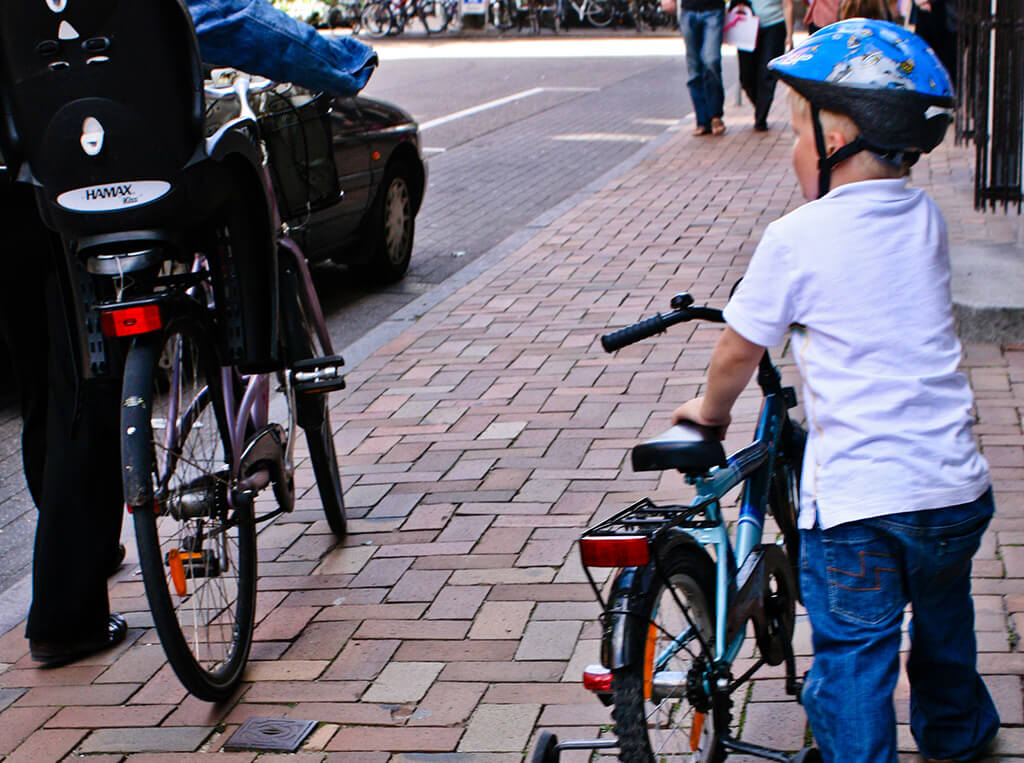
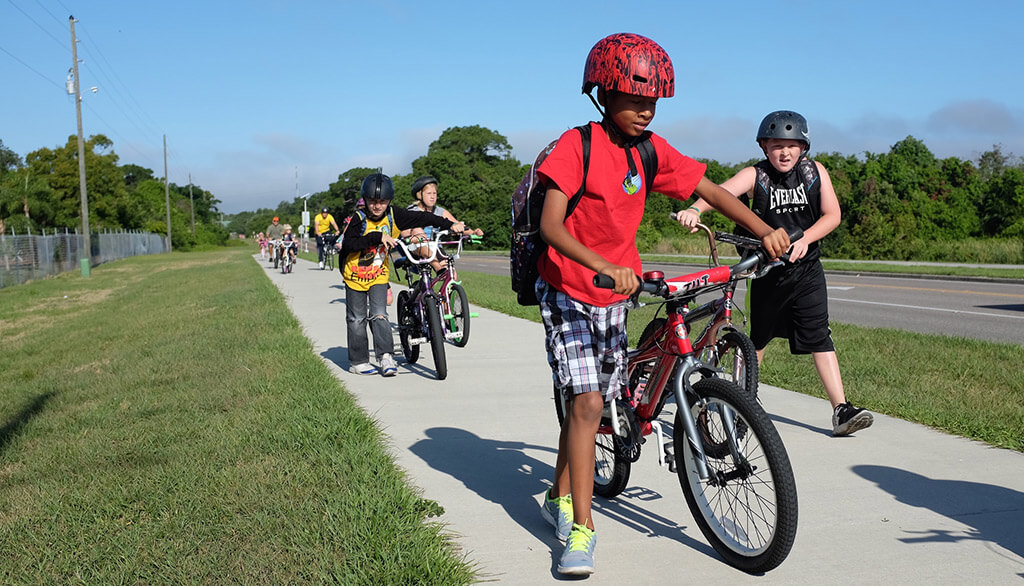
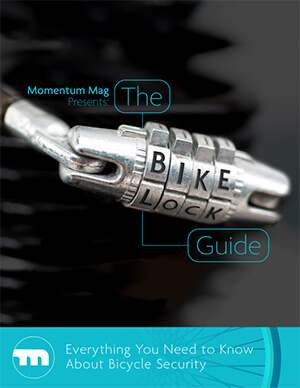
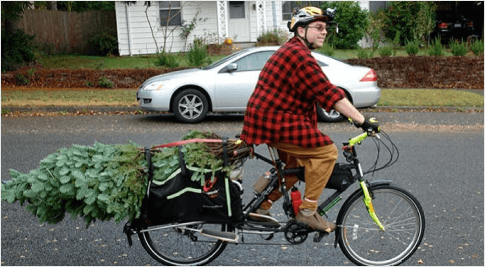
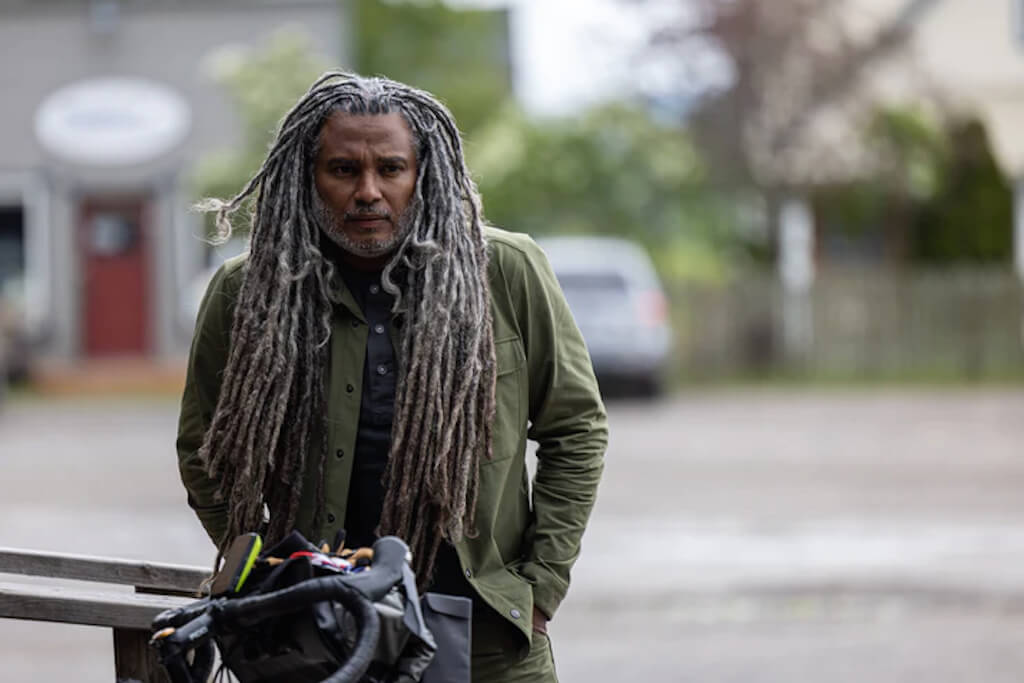
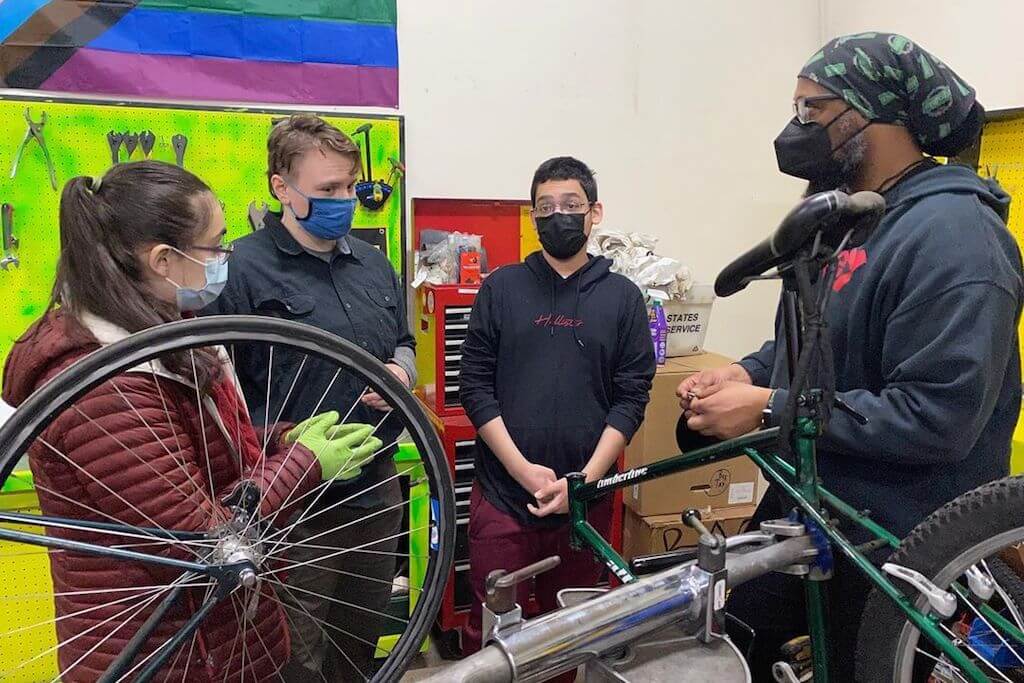
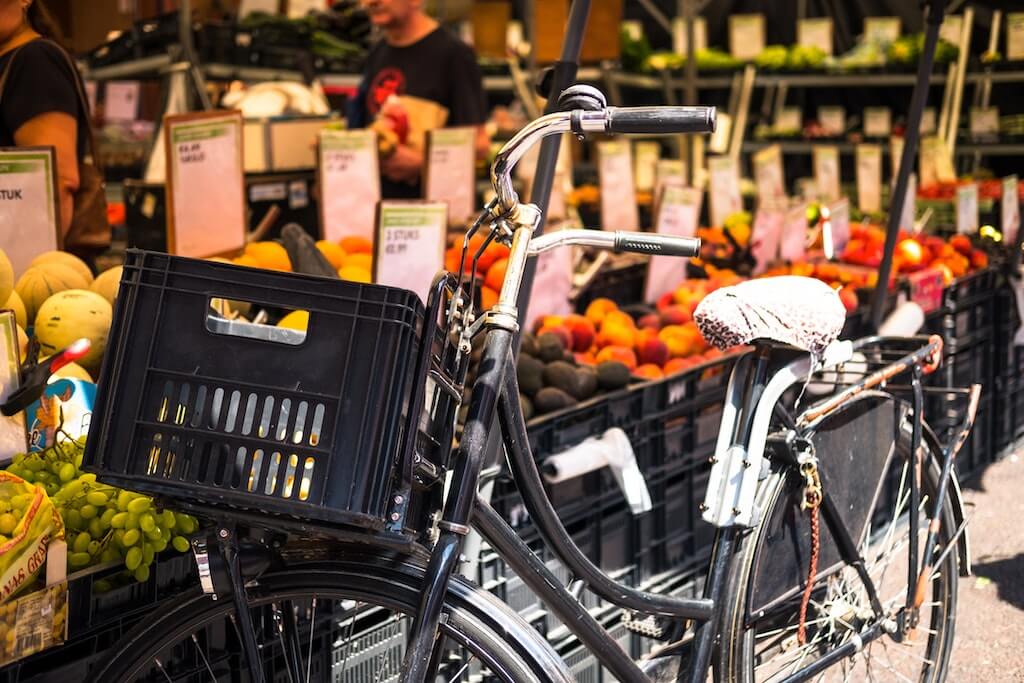

I live in Iowa and I rode my bike to school or walked everyday since my fist day of kindergarten. If we lived in town and not in the country I’d let my kids do the same.
I cycle with my 5 year old to Kindergarten every day here in an urban neighborhood of Nashville, TN. We use a mix of sidewalks and on-street, depending on the traffic volume of each street on the 1.5 mile route. I also regularly rode him, on sidewalks all the way, when he was 4, to the childcare which was 1 mile.
I suspect the infrastructure is completely different in Odense! Also, they may have a law that the vehicle driver is presumed to be at fault in any collision with a child, which creates a different mindset and different expectations, and makes drivers A LOT more careful than in the USA!
Here, no-one at my elementary school (up to age 11) cycles on their own. I believe that the local Middle school (ages 11 – 14) has a bike bus program that has the aim of teaching children to cycle unaccompanied, but I do not know if any children actually do that.
My son definitely cannot see traffic at intersections well enough to be consistently safe, and his reaction times are too slow to cross the busier intersections, even with traffic going at residential neighborhood speeds, which are 30 mph. Also, despite cycling every day since starting kindergarten 150 days ago, he occasionally still makes a wrong turn!
I would want a dedicated, legible, bike path system, with either complete priority to bikes, or actual vehicle speeds below 20mph, at all intersections, and plenty of other cyclists going the same way, before I would let him cycle himself.
Thank you for the wonderful article. My sister and I rode our bicycles to school from home (each way – 2.5 miles) in Loma Linda (California) in the 70’s. I was in grades 1 and 2 while she was in 3rd and 4th grades respectively. Periodically, we would walk on days when riding our bicycle was out of the question. This experience definitely impacted our views starting at an early age regarding engaging in Active Transportation. Who would have thought that 30 years later, my wife and I would be starting a non-profit with the mission: to advocate and educate the public about bringing bicycles on board trains in Southern California in order to motivate residents to engage in active transportation to improve the health of themselves and the environment? Education about active transportation starts at a young age.
Spent a week in Canmore Alberta last September and was amazed at the number of bikes in the racks at the elementary school. Wonderful site to behold!
I know elementary school kids who ride to school every day here in Alameda, CA, but am not sure I know any 5-year-olds who ride (or rode) solo. Of course,US streets and roads are more hazardous than European streets, by and large, so we North American cyclists have to account for that in our behavior, even as adults.
I do not know when my young friend Cosmo (now 9) started riding to school by himself versus riding his own bike accompanied by a parent. I do know, though, that at least a year ago, by age 8 (and possibly earlier), he was escorting his younger sister Demi to school every day.
Cosmo learned to ride–without training wheels–when he was four, and is a natural athlete. He passed all of the adult bike skill drills that I could throw at him–from the League of American Bicyclists’ Traffic Skills 101 course for adults–two years ago. If US parents want to introduce their kids to bicycling early (at age three or four, or as soon as they can handle a pedal-less scoot-a-bike) it will help the kids enormously–especially if they stay away from training wheels that merely set their kids’ balance skills back…. Jon Spangler, LAB LCI #3175
I bike with my kid to kindergarten. I wouldn’t yet feel safe sending him on his own even in our pretty quiet hood in Victoria, BC. The major traffic hazard is all the parents driving their kids to school. That said I suspect 40%-50% of kids arrive at the school by bike or foot.
I don’t consider myself a helicopter parent, but I think I will wait till he is at least Grade 2 before he gets to bike on his own. I biked to school at grade 1 myself but streets really are busier now.
Comments are closed.